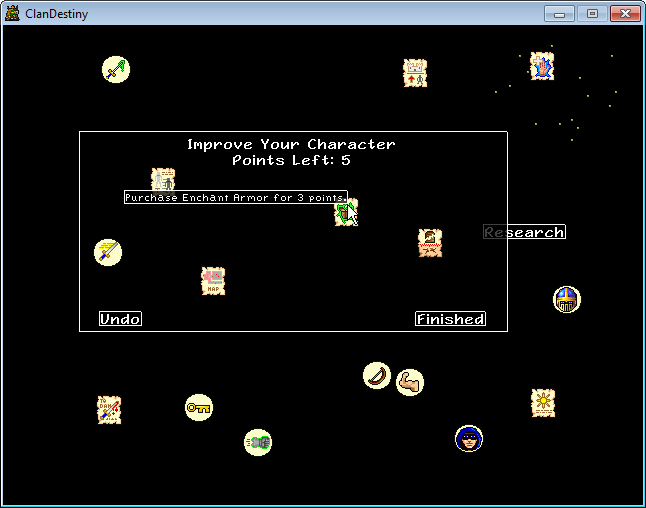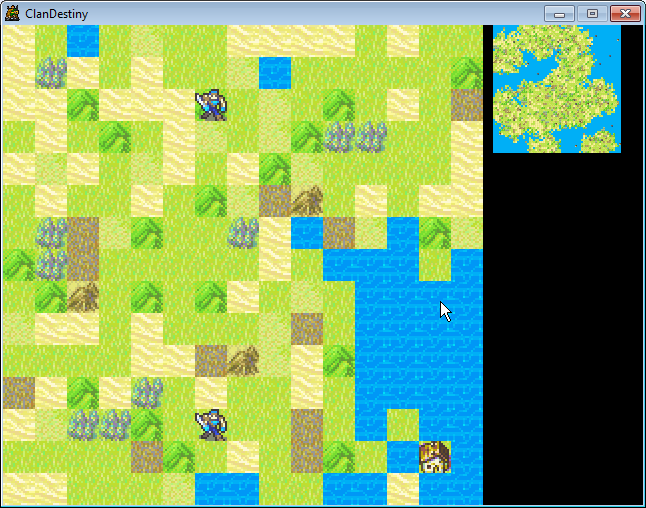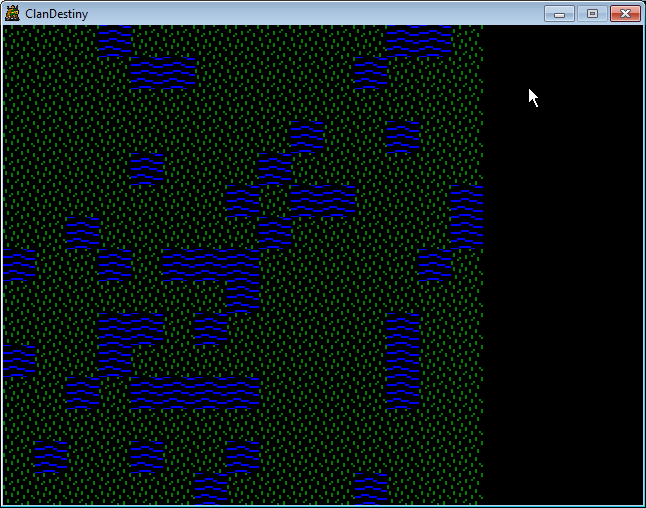I’m going to try something kind of crazy tonight.
The ClanDestiny prototype needs to get done, first so it can be done, but also so I can move on to the Star Kittens prototype and get some feedback on which I should flesh out first.
So I’m going to try some livecoding. I’ve created an account on JustinTV and will be streaming my coding session tonight, live. Once I’m done, I’ll encode the thing and upload it to YouTube, but if you want to chat with me while I’m working and make suggestions you’ll need to visit my brand-spankin’-new JustinTV channel.
I should start livecoding around 8 PM EST.
Update: Um…between technical issues and family responsibilities, this didn’t happen. I’ll try again Wednesday night.



